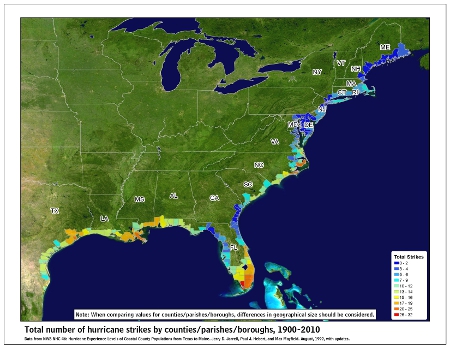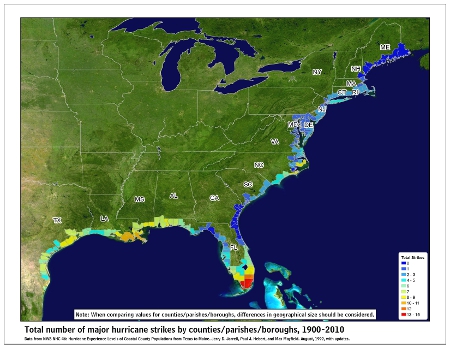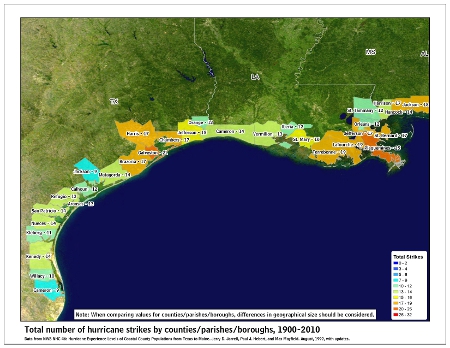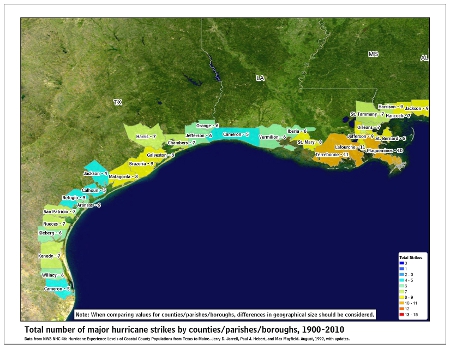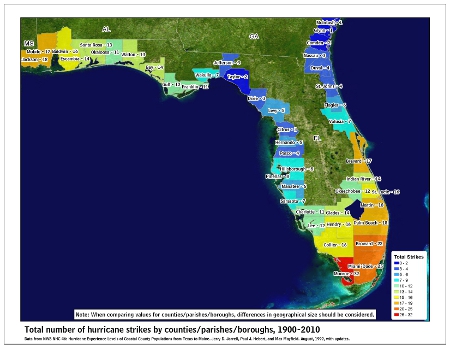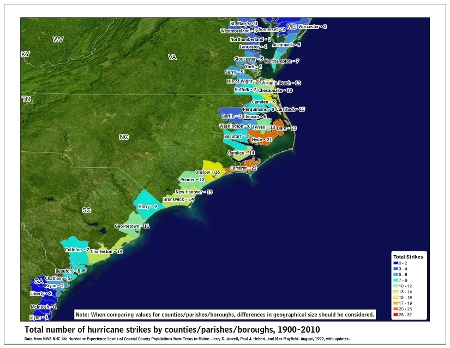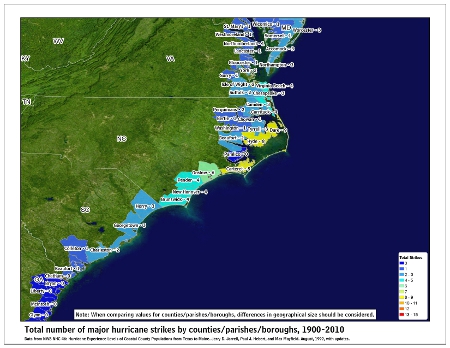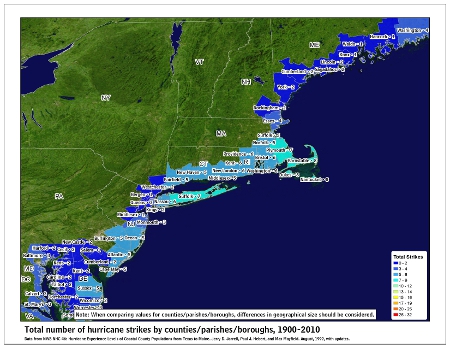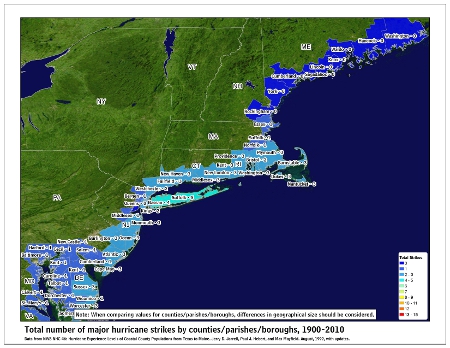| Tropical storm Omar (SSHWS) | |
| Duration | August 31 – September 5 |
|---|---|
| Peak intensity | 40 mph (65 km/h) (1-min) 1003 mbar (hPa) |
In the last few days of August, a cold front spawned a trough over Northern Florida and eventually a low-pressure area formed offshore of the southeast coast of the United States. The low rapidly organized as it drifted on top of the Gulf Stream, and was classified as Tropical Depression Fifteen at 21:00 UTC on August 31.[201] Moving generally northeastward away from North Carolina, the depression struggled to intensify in a marginally favorable environment with warm Gulf Stream waters being offset by high wind shear.[202] Eventually, satellite estimates revealed that the depression was intensifying and the system became consolidated enough to be upgraded to a tropical storm and as a result was given the name Omar at 21:00 UTC on September 1.[203] This event marked the earliest formation of the fifteenth named storm on record in the North Atlantic, exceeding the record of Hurricane Ophelia in 2005 by approximately six days.[203] After maintaining its intensity for 24 hours, northwesterly wind shear of 50 knots weakened the storm back to a tropical depression.[204][205] Although wind shear continued to plague the system, Omar managed to remain a tropical cyclone.[206] Early on September 4, Omar fell to 30 mph amid the wind shear, and despite repeated forecasts for Omar to weaken further into a remnant low, Omar restrengthened back to 35 mph 12 hours later.[207][208] Early on September 5, Omar made a jog to the north; however, the center began to fully separate from the bursts of convection, and at 21:00 UTC that day, Omar degenerated into a remnant low.[209][210] The low moved northeastward, reaching Scotland on September 9.
While still a depression moving away from the United States, the storm brought life-threatening rip currents and swells to the coast of the Carolinas.[211]

 DONATE
DONATE![[Map of 1950-2017 CONUS Hurricane Strikes]](http://www.nhc.noaa.gov/climo/images/conus_strikes_sm.jpg)
